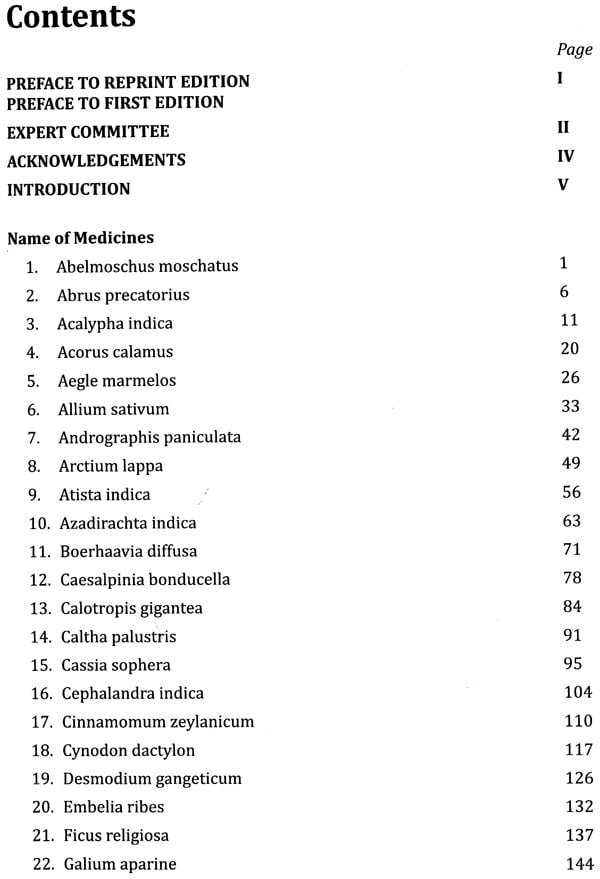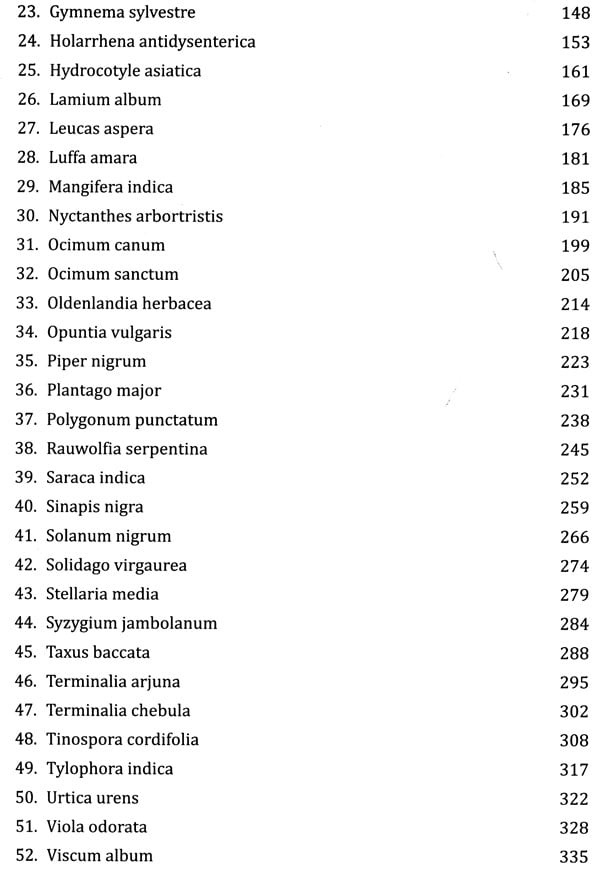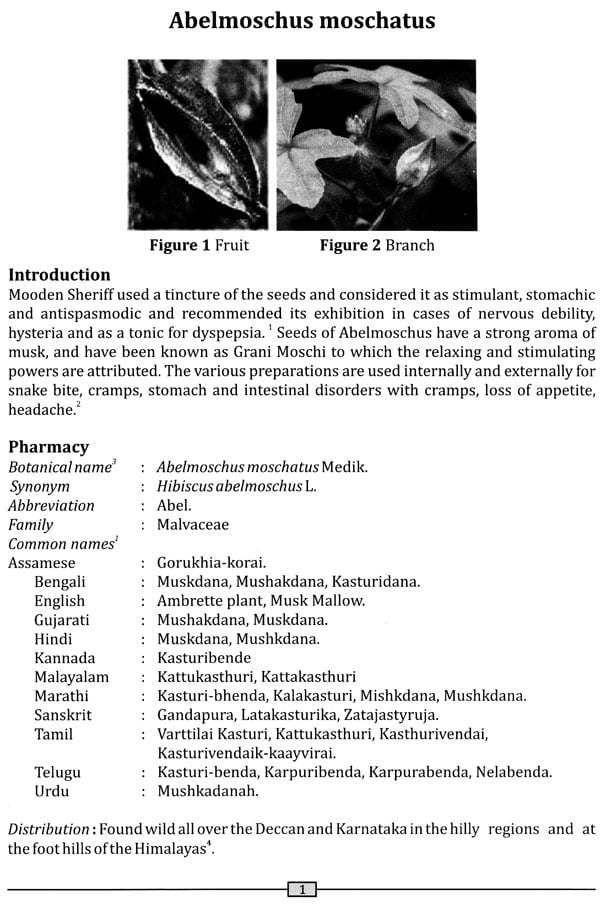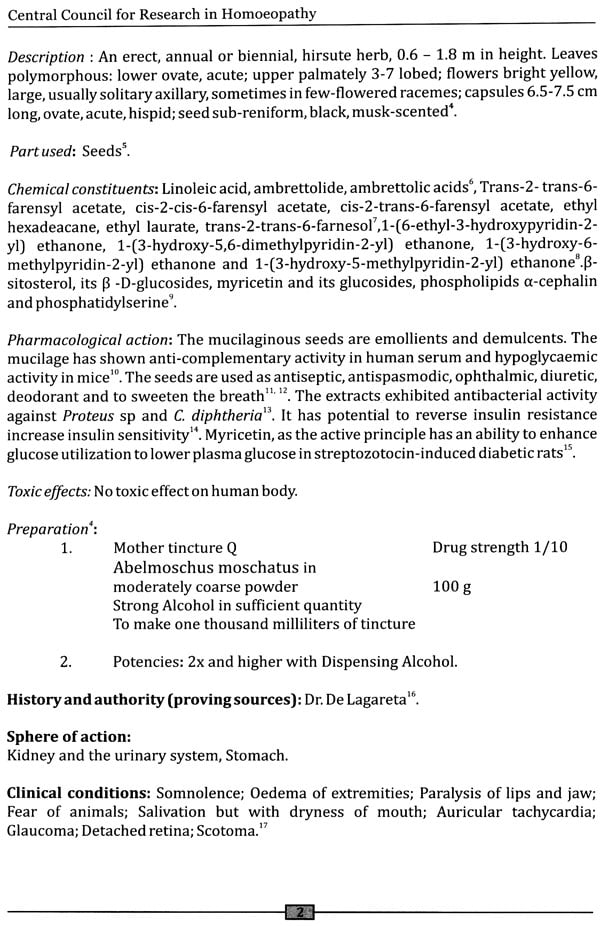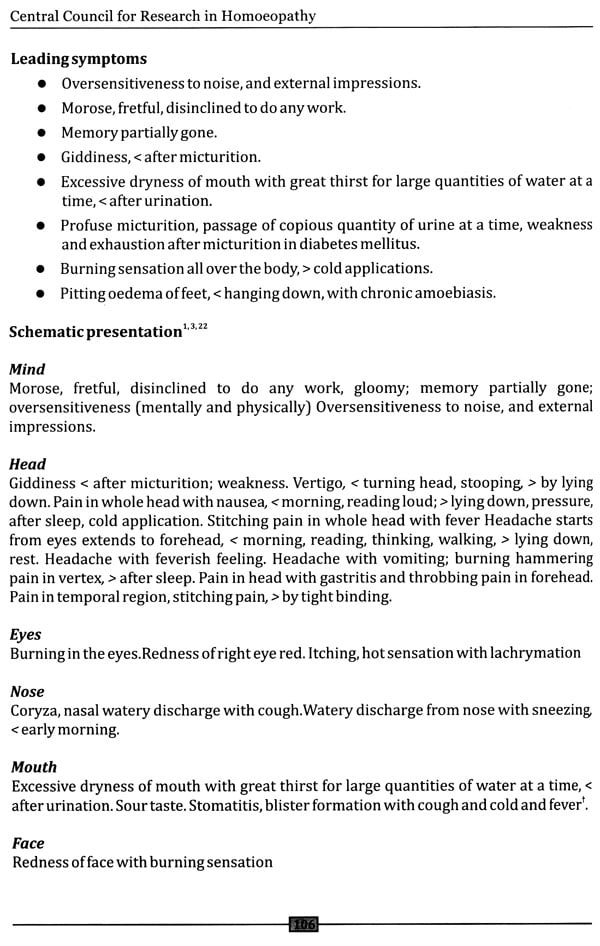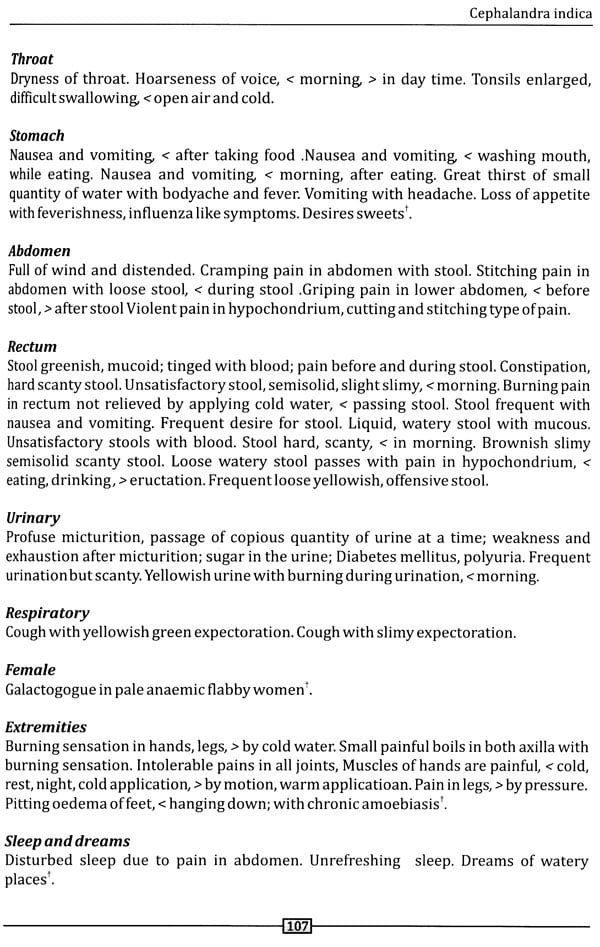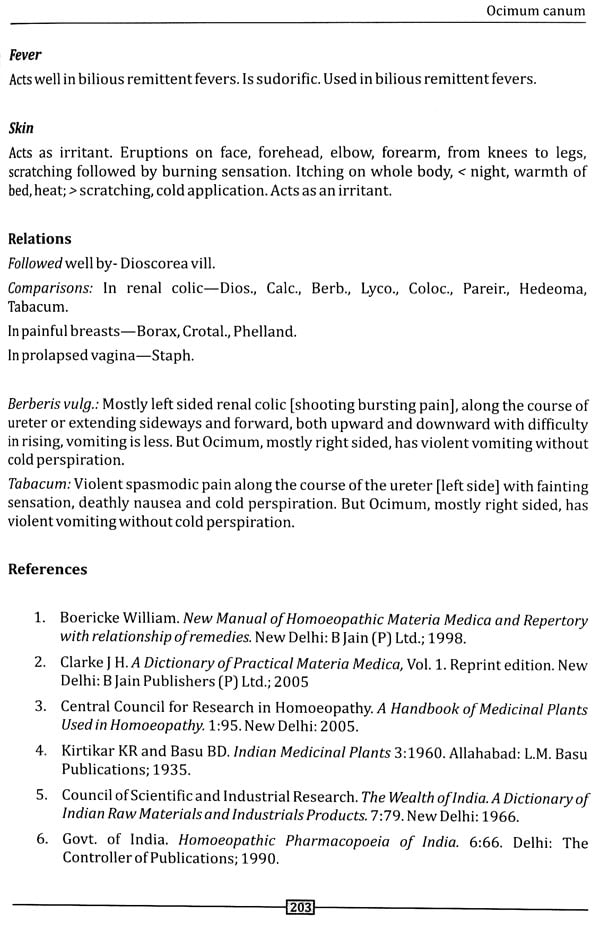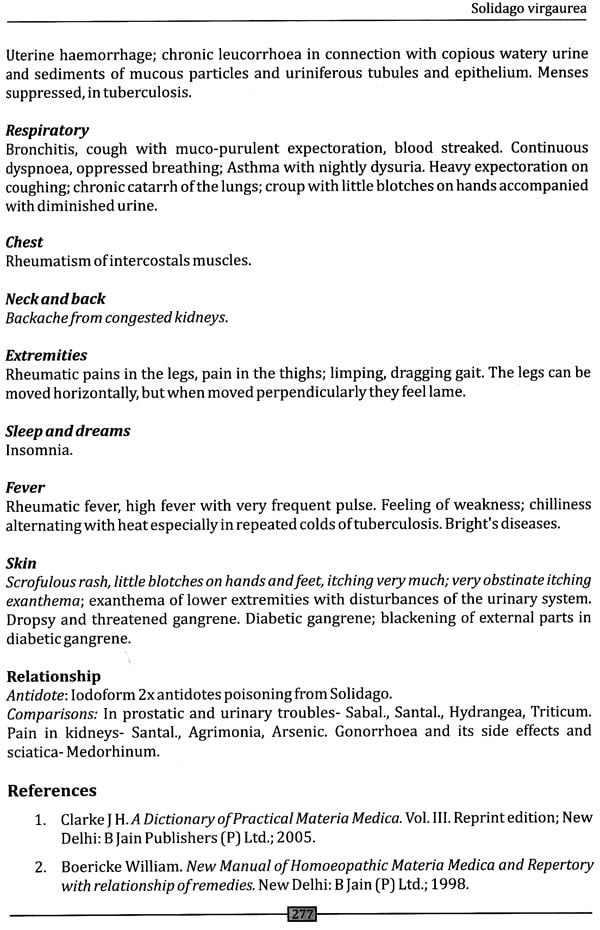
Homoeopathic Materia Medica of Indian Drugs
Book Specification
| Item Code: | NAW582 |
| Publisher: | Central Council for Research in Homoeopathy, New Delhi |
| Language: | English |
| Edition: | 2014 |
| ISBN: | 9788192084039 |
| Pages: | 348 |
| Cover: | PAPERBACK |
| Other Details | 9.50 X 7.00 inch |
| Weight | 770 gm |
Book Description
India is a country impregnated with a treasure of medicinal herbs which have been used since ancient era and some of them incorporated in 'Rig Veda' (4800 B.c. to 1600 B.c.). The medicinal plants were being used, since the dawn of the civilization, as folklore medicines, and some on the basis of doctrine of signature. Since long, the Homoeopathy profession has been facing the need of a book complied from all available sources on the medicinal plants which are grown in India on its own or migrated form other countries of the world. It is believed that the natural healing agents, mainly the plants, which are available in plenty in a particular country, are used to combat the diseases normally prevalent in that country.
The boon of Homoeopathy is its Materia Medica which portrays the most faithful picture of drugs derived out of fidelity. This would be possible only after the proving symptoms are verified clinically and supported by experiences of experts. Since its inception, Central Council for Research in Homoeopathy (CCRH) took steps to explore various facets of these Indian drugs, in a scientific way, through drug proving, clinical verification and clinical trials. The data generated through these scientific studies was published in the form of monographs earlier.
Recently, an endeavour has been made by CCRH to publish a book on Homoeopathic Materia Medica of 52 commonly used and available Indian drugs as a complement to the previous works done in this line. A group of resource persons from the field of Homoeopathy, Botany and other related areas have been involved to share their opinion, experience and observations.
This book is enriched with proving symptoms, clinically verified symptoms, presented in almost Hahnemannian schema. Through multidisciplinary approach each medicine has been presented keeping abreast of the latest information on taxonomical, pharmacological, chemical, and toxic effects (if any), maintaining the schema of symptoms of Materia Medica. The pharmacological and botanical profiles of the drugs have been collected from Homoeopathic Pharmacopoeia of India (H.P.I.) and from reference books verified by the experts and the required minimum information has been incorporated. The history of each medicine, their nomenclature, parts used and distribution and elaborately noted. Besides, mythological background, proving history pharmacy, therapeutic uses, available guiding symptoms of such medicines and their comparison as well as relationship with other medicines have also been added. Most significantly ready references also inserted after each medicine to help the readers for verifying the information, whenever required. Symptoms under each medicine have been derived from different source books and reference books like, A Dictionary of Practical Materia Medica by J.H. Clarke, Encyclopedia of Pure Materia Medica by T.F. Allen, Lotus Materia Medica by R. Murphy, The Guiding Symptoms of our Materia Medica by C. Hering, Lectures on Materia Medica by J.T. Kent, Drugs of Hindoosthan by S.c. Ghose, A study of Materia Medica by N.M. Choudhury, Materia Medica and Special Therapeutics of the New Remedies by E.M. Hale and many more available authentic literatures and CCRH publications including monographs, Quarterly bulletins and other publications on Homoeopathic Pathogenesis Trials (Drug proving) and multi centric clinical trials. Some symptoms are demarcated with (t) symbol to denote that these are clinical experience of the expert group.
This book is in no way a claim itself as original or independent, but a step forward to the clinicians, teachers, students of both undergraduate and postgraduate course, researchers and lovers of Homoeopathy as well.
It will be a great pleasure if this compilation becomes useful to the homoeopathic fraternity in exploring and using the great treasure of Indian drugs. However, suggestions or any available authentic data with references are always welcome for improving the book in future.
**Contents and Sample Pages**
